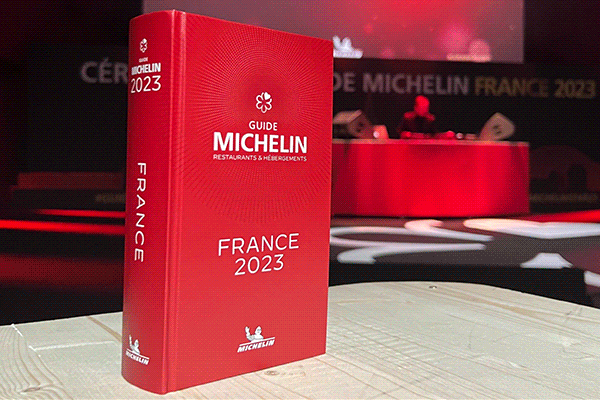Michelin snub sparks debate on Australia’s culinary brand strategy

Tourism Australia’s decision to pass on a local Michelin Guide has ignited industry debate over how the nation markets its dining credentials—and whether a nostalgic brand story is holding back contemporary culinary ambition.
The tourism body declined to proceed after fresh talks in June 2024, when Michelin sought $17.33 million over five years from Tourism Australia, alongside matching contributions from states and territories—led by NSW and Victoria. Michelin also proposed six events over five years (a debut and annual launches) at a host-funded cost of $4.9 million, taking the overall Australian outlay to just under $40 million.
The move comes as New Zealand announces it will become Oceania’s first destination with its own Michelin Guide, following years of parallel discussions.
Michelin initially approached Australia in 2016 and has been discreetly inspecting venues here since.
Industry voices argue the guide would have been a high-impact signal to international visitors. Wes Lambert, chief executive of the Australian Restaurant and Cafe Association, said: “It would help reverse the international tourism slump,” he says. He points to arrivals for the 12 months to August remaining more than 8 per cent below pre-COVID levels—and 11 per cent down in some states.
Critics of the decision say the country missed a chance to shift global perception beyond the lingering “shrimp on the barbie” caricature and toward the premium experiences today’s high-value travellers seek—from winery lunches in the Barossa and oyster shucking in Tasmania to XO pipis with a harbour view. They argue Michelin stars could have amplified these stories at scale.
Tourism Australia has instead concentrated resources on its $191 million annual program, including the current Come and Say G’day campaign featuring Robert Irwin, Nigella Lawson and animated ambassador Ruby the Roo—creative that deploys regional talent but, detractors say, risks feeling souvenir-shop nostalgic for audiences seeking modern luxury cues.
To its credit, the agency has backed food-led exposure through international TV formats such as Gary Barlow’s Food and Wine Tour: Australia and Netflix’s Somebody Feed Phil (Sydney and Adelaide episodes), and hosted 11 visiting food writers whose coverage reached nearly 70 million readers. Supporters of the decision also note that contemporary guides are often co-funded by tourism boards—a model some see as “pay-to-play”—and question whether underwriting a French star system is the best use of marketing dollars.
Whether Michelin returns to the table remains to be seen. For now, the debate underscores an urgent brief for Brand Australia: pair the sunshine with proof of excellence, and spotlight the chefs, producers and restaurants that already deliver it—stars or no stars.
Jonathan Jackson, 6th November 2025







